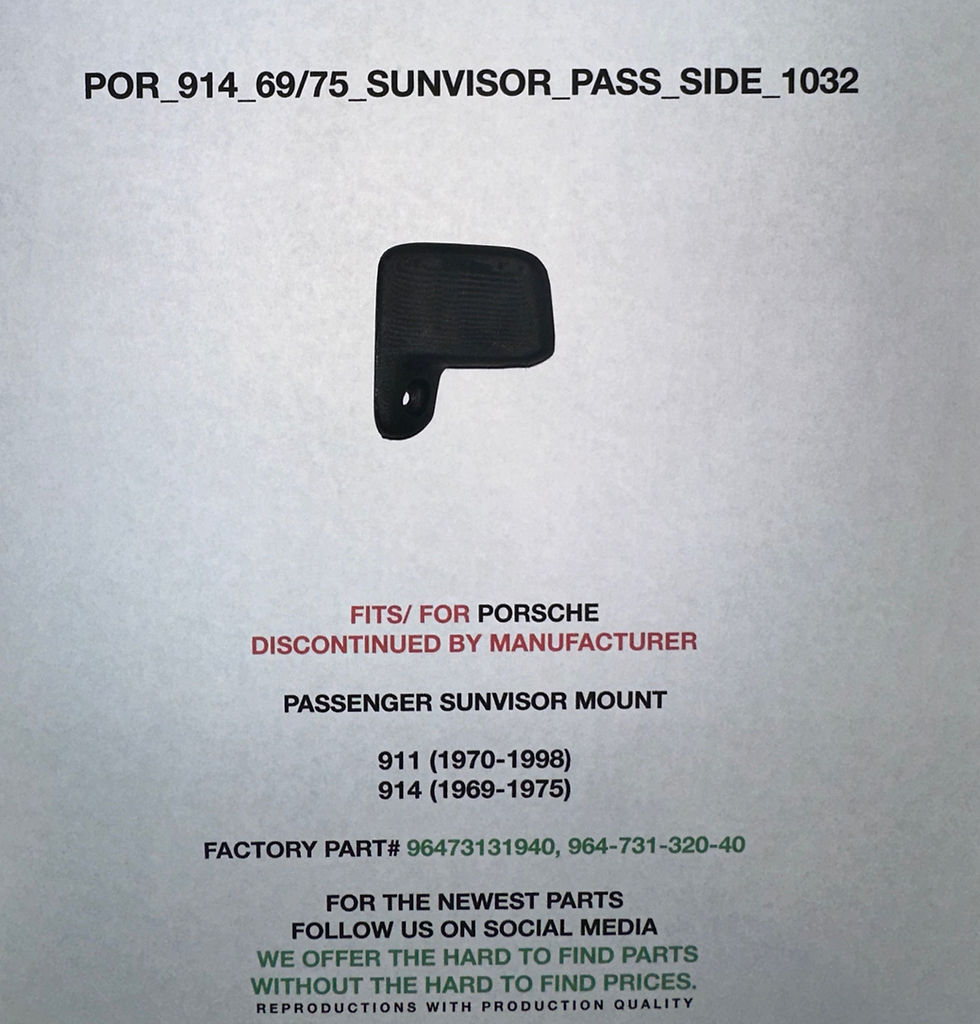

The 911 traces its roots to sketches drawn by Ferdinand "Butzi" Porsche in 1959.[7] The Porsche 911 was developed as a more powerful, larger and a more comfortable replacement for the 356, the company's first model. The new car made its public debut at the 1963 Frankfurt Motor Show[8](German: Internationale Automobil-Ausstellung).[9] The car was developed with the proof-of-concept twin-fan Type 745 flat-six engine, but the car presented at the auto show had a non-operational mockup of the single-fan 901 engine, receiving a working unit in February 1964.[7]
It originally was designated as the "Porsche 901" (901 being its internal project number). A total of 82 cars were built as which were badged as 901s.[7] However, French automobile manufacturer Peugeot protested on the grounds that in France it had exclusive rights to car names formed by three numbers with a zero in the middle. Instead of selling the new model with a different name in France, Porsche changed the name to 911. Internally, the cars' part numbers carried on the prefix 901 for years.[7] Production began in September 1964,[9] with the first 911s exported to the US in February 1965. The first models of the 911 had a rear-mounted 130 hp (97 kW)[1] Type 901/01 flat-6 engine, in the "boxer" configuration like the 356, the engine is air-cooled and displaces 1,991 cc (2.0 L) as compared to the 356's four-cylinder, 1,582 cc (1.6 L) unit. The car had four seats although the rear seats were small, thus it is usually called a 2+2 rather than a four-seater (the 356 was also a 2+2). A four or five-speed "Type 901" manual transmission was available. The styling was largely penned by Ferdinand "Butzi" Porsche, son of Ferdinand "Ferry" Porsche. Butzi Porsche initially came up with a notchback design with proper space for seating two rear passengers but Ferry Porsche insisted that the 356's successor was to use its fastback styling. 7 prototypes were built based on Butzi Porsche's original design and were internally called the Porsche 754 T7.[10] Erwin Komenda, the leader of the Porsche car body construction department who initially objected, was also involved later in the design.






























